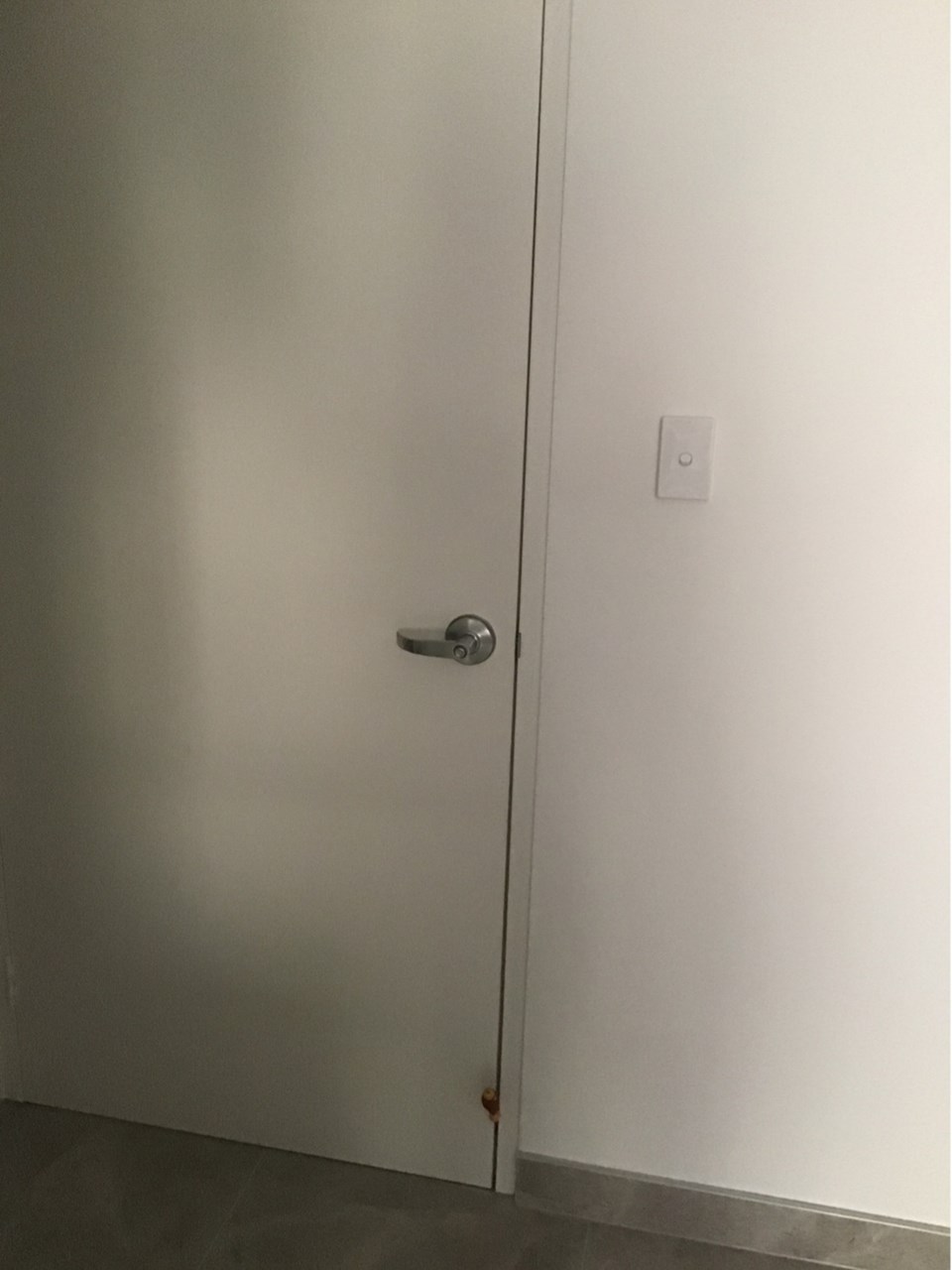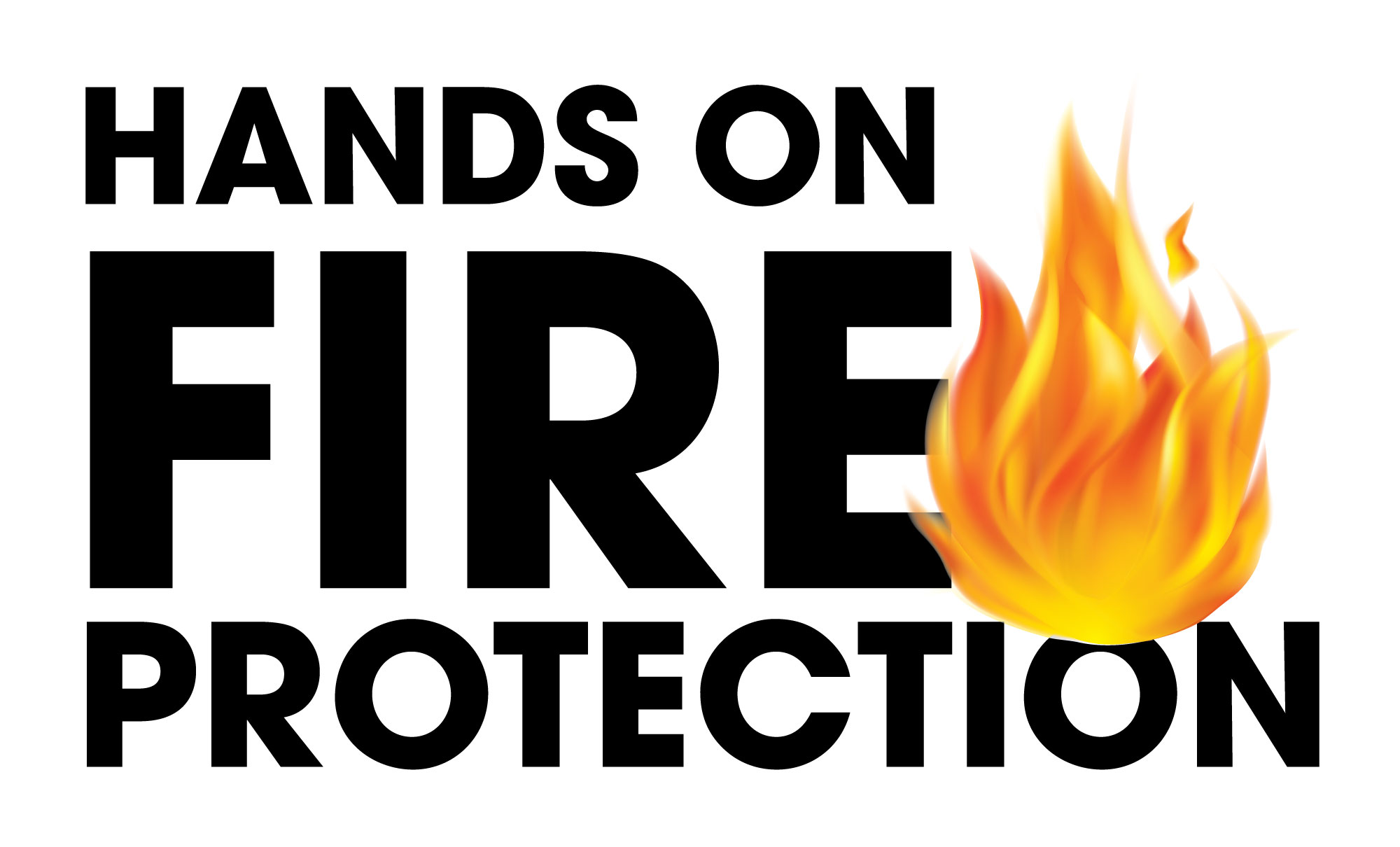Fire doors are an essential component of building safety in Australia and are designed to prevent the spread of fire and smoke throughout a building. They play a critical role in protecting occupants and property during a fire incident. In Australia, fire door regulations are guided by the Building Code of Australia (BCA), which is updated periodically by the Australian Building Codes Board (ABCB) and enforced by local authorities and building inspectors.
Here are some key points about fire doors in Australia:
Purpose and Function
Fire doors are designed to compartmentalize a building and prevent the spread of fire from one area to another. They serve as a barrier to fire and smoke, allowing occupants to evacuate safely and providing additional time for firefighters to control the blaze. Fire doors are particularly crucial in multi-storey buildings and high-risk areas like stairwells, fire exits, and fire-rated walls.
Fire Ratings
Fire doors are assigned specific fire resistance ratings, which indicate the duration they can withstand exposure to fire. Common fire resistance ratings (FRL) in Australia include 30 minutes, 60 minutes, and 120 minutes (half-hour, one-hour, and two-hour ratings). The fire rating required for a particular location depends on the building type, occupancy, and applicable building codes.
Testing and Certification
Fire doors must undergo rigorous testing in accredited laboratories to obtain certification. The testing evaluates the door’s ability to withstand fire, heat, smoke, and pressure. Fire door manufacturers must provide evidence of compliance with the relevant Australian Standard (AS) to be approved for use in buildings.
Components of a Fire Door
A typical fire door consists of various components, including the door leaf (the main panel), fire-resistant glazing (if applicable), intumescent seals (expandable materials that seal gaps when exposed to heat), and a door frame with appropriate fire resistance. All these elements must work together to achieve the door’s specified fire rating.
Installation and Maintenance
Proper installation of fire doors is crucial for their effectiveness. Australian regulations outline specific requirements for the fitting and positioning of fire doors. It is essential to hire qualified professionals who are familiar with fire door standards and installation practices. Additionally, routine maintenance is necessary to ensure fire doors remain in good working condition. Regular inspections and repairs, if needed, should be conducted by qualified personnel such as our team – Hands On Fire Protection.
Labelling
Fire doors in Australia should have visible labelling indicating their fire resistance rating and compliance with relevant standards. The labelling information allows building owners, occupants, and inspectors to identify the door’s capabilities. Labelling/tagging should be located on the door and frame.
Fire Door Accessories
To maintain the integrity of fire doors, it’s essential to use compatible accessories like hinges, closers and handles that meet the required fire resistance standards, BLA compliant.
It is crucial to note that fire safety regulations can vary slightly between different states and territories in Australia, but they all generally align with the Building Code of Australia (BCA). To ensure compliance and safety, building owners, developers, and managers should consult with local building authorities and Sydney’s local fire safety experts here at Hands On Fire Protection, for specific requirements for NSW.

Share this article





